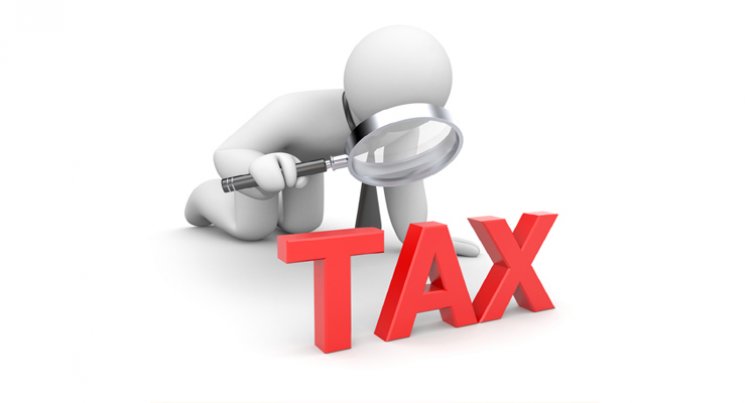Tax Tips For Small Business Owners
Kristen Gramigna, CMO, BluePay

Though managing the taxes associated with generating your own income, owning business-related assets and employing staff may not be your favorite part of owning a business, there are many small business tax advantages that may lower your tax burden and leave more money in your bank account. Here are some tax tips all small business owners can benefit from, regardless of industry or income.
Plan for estimated tax payments. Paying quarterly estimated taxes is an unavoidable reality of owning a business, but planning for what you’ll owe in advance can ease the process. When you make your first estimated payment for the tax year, develop a plan for consistently transferring a portion of the monthly income you receive to an account dedicated solely to quarterly taxes. (Each of your quarterly tax payments should be the same amount). Establish an account with The Electronic Federal Tax Payment System offered by the U.S. Department of the Treasury to preschedule automated tax payments that are withdrawn from your bank account to ensure you never miss a payment. (Though rates and policies vary by municipality, check the city income tax rules that apply where you live and work; you may need to pay estimated quarterly city income taxes, too.)
Collect appropriate information for workers and contractors. If you have employees on payroll you must abide by payroll tax laws, including withholding amounts owed to Medicare, Social Security and unemployment from each employee’s paycheck. If you’ve hired independent contractors and freelancers that you pay but don’t technically employ, confirm that you have signed Form W-9s and related tax documents before work commences. If you pay more than $599 in a tax year to other professional services providers including office-cleaning companies or landscaping crews, and you’ll deduct the cost of their services as a business expense, secure a completed Form 1099-MISC from them.
Make taxes a priority before “tax season” begins. If you’ll work with an accountant to help prepare your taxes, approach him or her well before the first of the year to get a sense for the type of information needed to prepare your taxes, the format preferred and when they’d like to have the information. (The better you accommodate the accountant’s work style, the more you’ll manage expenses related to billable hours.) Similarly, review your financials by mid-November to confirm the status of accounts payable and receivable, and how paying vendors and receiving income in this tax year or next could impact your tax burden. If you expect to make more income next year, for example, expediting this year’s billing might help to minimize your tax exposure next year based on tax bracket.
Don’t forget about your retirement. Investing in your own future by a way of a retirement plan can lower your tax burden. Though there are many retirement accounts directed to small businesses and self-employed individuals, the complexity of the account, allowable contributions and fees involved can vary. At the very least, contribute to a SEP-IRA. Offered fee-free through many financial institutions and brokerage houses, most take minutes to establish, and ensure that you’re able to contribute to retirement consistently, while realizing a tax benefit for a portion of what you contribute. Allowable limits are based on either 25 percent of compensation or $52,000 in 2014, per federal tax guidelines.
Develop a system for tracking every receipt related to your business. Business expenses related to business travel, meals, entertainment, fuel and mileage, equipment, and even training are tax deductible — but you must have documentation to substantiate any expenses you’ll claim. Develop a system for tracking the “who, what, when, where, why” details behind business expenses, whether you keep hard-copy receipts in an envelope and log notes in a spreadsheet, or take advantage of the many apps that help manage digital records of business expenses. (Keep the hard-copy receipt regardless.) Whenever possible, use a debit or credit card that is linked to your business to make business-related purchases, so that you have a monthly bank and credit card statement as a secondary form of expense verification.
About the Author
Kristen Gramigna is Chief Marketing Officer for BluePay, a credit card processing firm, and also serves on its Board of Directors. She has more than 15 years experience in the bankcard industry helping improve small business owners’ financial experiences.

















